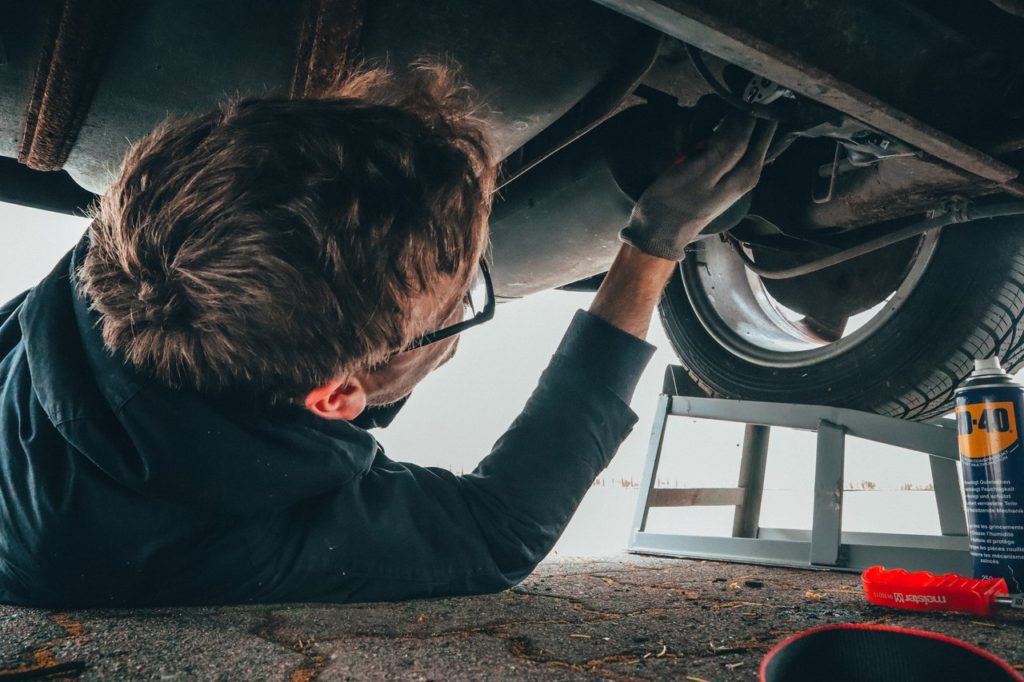What Makes a Defective Auto Part So Dangerous?

A defective auto part is incredibly dangerous. When you are driving, you know to check your mirror, pay attention to speed limits, and watch out for potentially dangerous or impaired drivers. However, no amount of defensive driving on your part will keep you safe from a defective auto part. Defects can cause sudden and unexpected issues, leading to you losing complete control over your vehicle. Sadly, there are a handful of faulty auto parts that are more common than you think.
Weak Tires
As the part of the car that is in constant contact with the road, tires need to be made of good, strong rubber in order to last as long as possible. Generally, a tire has a lifespan of about 20,000-50,000 miles. While every driver has a responsibility to get their tires changed at the appropriate time, sometimes tires are made improperly, and no amount of forethought or maintenance will fix that. Some neglectful manufacturers may design the tires too thin, too small, or in an odd shape. Other times, the design is correct, but during the manufacturing process, mistakes were made or corners were cut, leading to an inferior product.
Whatever the case may be, a defective and weak tire is incredibly dangerous. A slow tire deflation can lead to your car being damaged and bent, potentially leading to a dangerous accident later down the road. On the other hand, a sudden pop could easily cause you to lose control of your vehicle. That could then quickly snowball into a serious collision with a guardrail or tree, resulting in severe injuries, such as brain damage, limb loss, and internal bleeding.
Defective Fuel Systems
A defective fuel system can cause your car to die suddenly, leaving you unable to control it while in high traffic. Needless to say, that is an incredibly dangerous situation to be. A poorly built fuel system could also begin to leak gasoline out of your car. This is a serious fire hazard. One little spark could easily cause the gas to ignite, lighting your car on fire. If you are unable to get out of the vehicle fast enough, that could lead to you suffering severe burns, and the same goes for any passengers you may be traveling with.
Failing Seat Belts
The seat belt is perhaps one of the greatest inventions when it comes to car safety. Since the three-point belt was created, it has saved millions of lives. By securely holding the wearer in place, the seat belt helps limit catastrophic injuries and protect vehicle occupants. However, that is only if they are made right.
If a seatbelt is defective, an occupant can be thrown through the vehicle or out of it. This can occur if the latching system is faulty, meaning the belt is not locked in place. Or the band of the seat belt may have been woven improperly and is too weak to hold up against the force of a collision. In either case, a serious car accident can be devastating when your seat belt isn’t functioning properly.
Improperly Installed Airbags
In the 1970s, the airbag was invented to provide a safe impact cushion, given that people at that time were often neglecting to wear their seat belts. The airbag has a very similar function to the seat belt, but rather than holding the driver or passenger in place, it gives them something softer to hit, thus preventing more serious injuries.
Unfortunately, like all auto parts, the airbag isn’t free of potential defects. It could deploy too late, meaning it won’t actually protect you from slamming into the dashboard or steering wheel. On the other hand, it could deploy when there was no collision. While you may assume this isn’t much of a problem given that it’s a safety feature, airbags can deploy at incredibly high speeds. If an airbag deploys inappropriately, it could still cause you serious harm. On top of that, the sudden blast is likely to cause you to lose control of your vehicle and strike a fixed object.
Auto Defects and Liability
If your accident was caused by an auto defect, you may find yourself in a position where you don’t know how the liable party is. In a typical car accident, it is easy to point your finger at the driver who collided with you, be they in a typical passenger vehicle or in a truck. But with auto defects, it can be a little harder. Generally, there are two main groups that could be liable.
The manufacturer: The design team and manufacturing company for your vehicle is responsible for creating reliable and safe auto parts. If a company fails to run the proper safety tests before approving of a design or does not follow quality control procedures during the manufacturing process, then part could fail and cause a catastrophic accident. Because auto manufacturers are directly responsible for the safety of their vehicles, they can be held liable when they ignore this responsibility and injure customers.
The mechanic: Mechanics have a duty of care towards their customers to ensure that all vehicles are maintained and inspected properly. If your mechanic installs a part they know is defective, installs it improperly, or neglects to catch obvious defects and safety issues, then they may be the one who is liable for your collision.
Of course, there are other parties that may prove to be the ones responsible. An auto defect accident requires an in-depth investigation led by an experienced Dallas product liability attorney who knows exactly what to look for. If you or your loved one was seriously injured due to a defective auto part, contact The Lenahan Law Firm. We specialize in catastrophic injury cases, which gives us the freedom to give each of our clients the time and attention they need. If we sound like the right firm for you, call us today at (214) 295-1008 to schedule a free consultation.